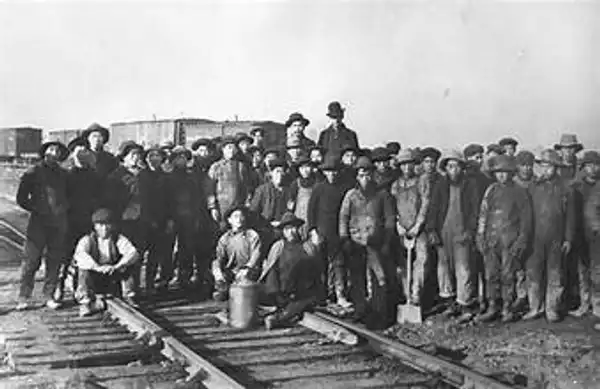Lesson Plan, Video, Activity Redefine American
- Grade Level 3rd-5th Grade
- Time Period Late 1800s
Introduction
Who were the first Asian Americans? This episode focuses on early Asian immigrants to the United States, their reasons for immigration, successes they experienced, challenges they faced, and the changing reception they received in their host country. As such, in this lesson, students will learn what an immigrant is, what it means to be an “American, what the American Dream is, and how primary sources and secondary sources provide varied perspectives that inform a deeper understanding of an event.
Objectives
Students will be able to:
- Identify reasons for the first large-scale arrival of immigrants from Asia into the U.S.
- Describe the challenges and achievements of early Asian immigrants especially Antero Cabrera, Lee Wong Sang, Moksad Ali, and Mamie Tape
- Identify the causes and effects of court cases such as Tape vs. Hurley which helped to shape the Asian American experience
Essential Questions
What does it mean to be an immigrant? Over time, how has the United States’ perspectives on immigration changed? What are the reasons for such different perspectives?
What causes a person to leave his/her native country and go to a new country? What are the struggles and obstacles of starting a new life in a foreign place?
What does it mean to be “American”? Why aren’t all “Americans” treated equally?
Why is it important to recognize the contributions of people of color? For example, Chinese railroad workers were not included in the celebration photo of the completed railroad at Promontory Point. Why not? What are the implications of this?
Even though Mamie Tape never went to Spring Valley School, her family still fought the legal system over her right to do so. Why is it important to fight for civil rights even if you don’t personally or directly benefit?
Are segregated schools ever good for society?



